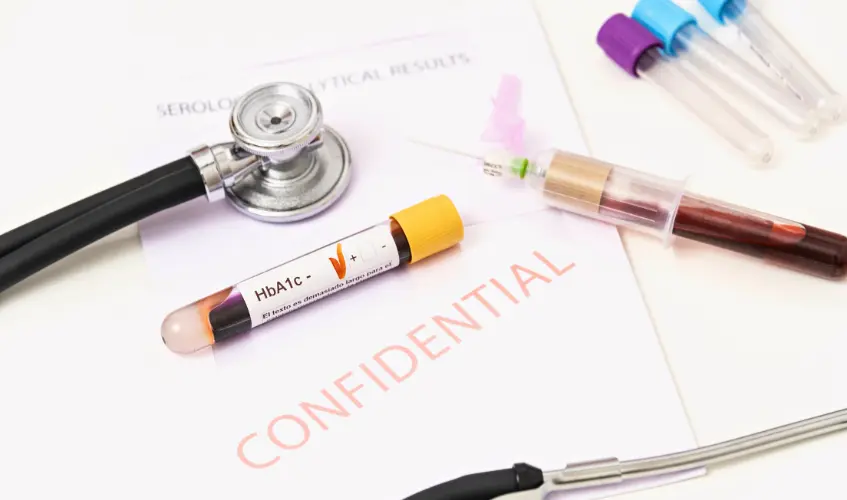The A1C test is a blood test that measures blood glucose levels. It is known as the hemoglobin or HbA1c test and this test is in wide use to diagnose diabetes and prediabetes. The higher A1C levels relate to complications that you can maintain with individual A1C goals. A1C test provides the definition of diabetes, its diagnosis and average blood sugar level for an extended period.
What HbA1c Is a Diabetes Diagnosis?
HbA1c is used as diagnostic and quality assurance tests for diabetes. HbA1c of 6.5% is considered the cut point for diabetes diagnosis. You cannot use this method unless the health care staff demonstrates it within the national quality assurance scheme. The HbA1c diabetes diagnosis should be confirmed by laboratory venous. If the patient doesn’t have diabetes symptoms, the laboratory venous HbA1c test needs repetition. If the second sample of the person is less than 6.5%, the person should be treated for high-risk diabetes. Furthermore, you should repeat the test in six months.
How Does an A1C Test Work?
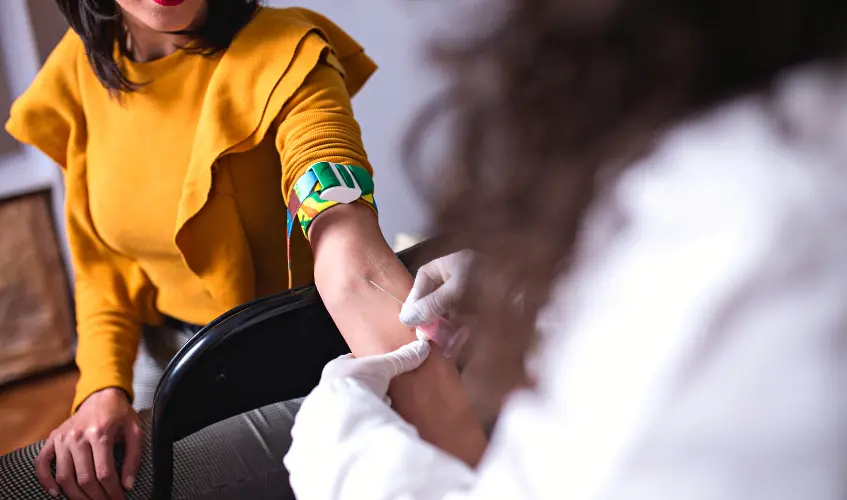
A1C test is based on diabetes definition and its relevance with hemoglobin. The A1C test relies on hemoglobin, a part of red blood cells to carry oxygen throughout the body. When you have glucose in the blood, it sticks to hemoglobin. Everyone has sugar attached to hemoglobin but people having high blood sugar levels have more hemoglobin. The hemoglobin can stay for more than three months or depend upon the average lifecycle of a red blood cell. The A1C diabetes diagnosis test offers more information about blood sugar than home monitoring. This test measures the percentage of red blood cells with sugar-coated hemoglobin.
Can You Diagnose Diabetes with A1C?
The A1C is one of the most used methods to determine early diabetes symptoms. The testing is generally carried out in a health care setting such as a lab or doctor’s office. If the doctor determines a high glucose level in the blood, he/she recommends A1C for diabetes diagnosis in the future too. This method is used by health care professionals with other diabetes tests to diagnose type 2 diabetes. The A1C test can be performed at any time of the day. If you don’t have symptoms, but the test shows you have diabetes, you should have a repeat test on different days to confirm the diagnosis.
Is A1C Enough to Diagnose Diabetes?
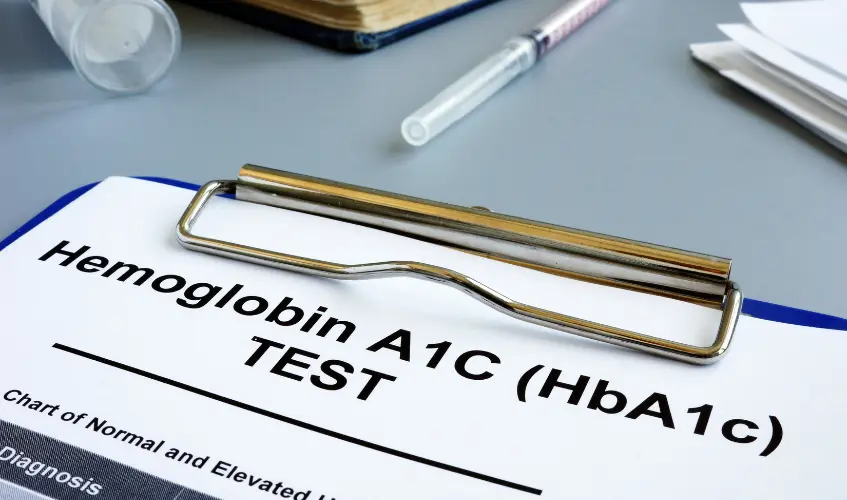
Always consider that the A1C test should not be useful to diagnose gestational diabetes, type 1 diabetes or cystic fibrosis NIH-related diabetes. Health care professionals use OGTT and fasting plasma glucose tests for A1C diabetes diagnosis. For other tests, you have to fast for at least 8 hours before you have your blood drawn. In some cases, health specialists use the A1C test to confirm the results of another blood glucose test before prescribing any new diabetes medicines.
What A1C is considered Controlled Diabetes?
When it comes to controlled diabetes numbers, there is no one size fits for all targets. A1C levels can vary depending on the person’s age and other factors. Normally, an A1C level is less than 7 percent. If your A1C level is between 5.7 and 6.5%, your sugar levels are in the prediabetes range. On the other hand, if your A1C level is 6.5% or higher, your levels will be in the diabetes range. So, when we consider the A1C definition of diabetes, the following should be the blood sugar range.
• Before a meal: 80-130 mg/dL
• Two hours after the start of the meal:Less than 180 mg/dL
What Can Affect Your A1C Test Result?
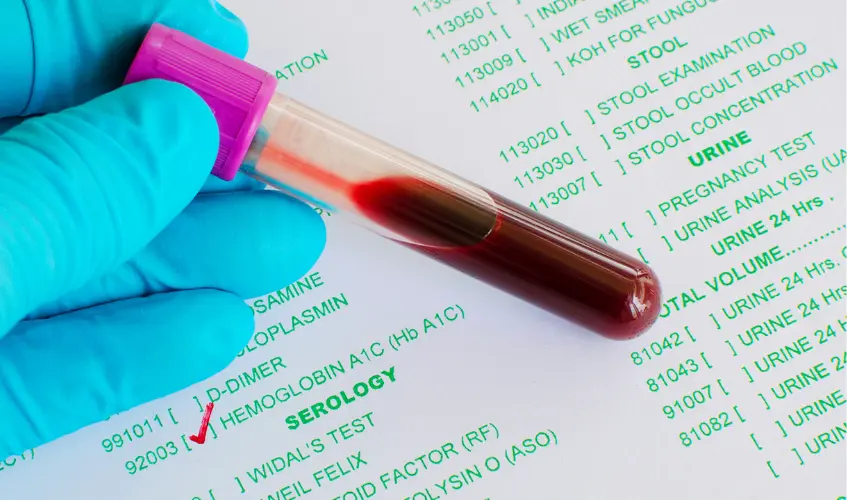
Different factors can decrease or increase the A1C results as:
• Liver disease, kidney failure, and severe anemia
• A less common hemoglobin than people of Mediterranean, African, or Southeast Asian descent.
• Some HIV medications and medications include opioids.
• Blood transfusions and blood loss
• Late or early pregnancy.
If any of these factors apply to you, tell your doctor about additional tests.
What Are the New Guidelines for A1C?
The American College of Physicians has published its new guidelines for A1C. According to recent studies, almost 30 million people in the United States have type 2 diabetes. Once diabetes is diagnosed, patients are advised to take glycated hemoglobin. A patient who scores 6.5% would be prescribed daily insulin. The average test results over 2 to 3 months with an HBA1C score is 6.5 percent. If your result is normal, and you are above 45, you should repeat the A1C test. If you don’t have symptoms, but your results indicate you have diabetes, you should get a second test on different days for confirmation.
What Is the Most Accurate Test for Diabetes?
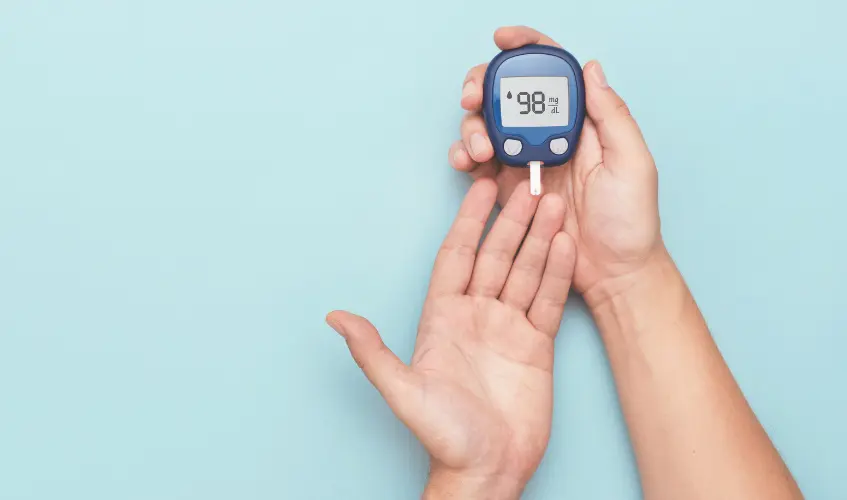
The hemoglobin A1C diabetes diagnosis is a highly accurate blood test for diabetes. It determines the average blood sugar level for a two to three-month period. The sugar remains attached to hemoglobin and the protein in red blood cells carries oxygen to tissues throughout the body; therefore, the A1C is a good indicator of average blood sugar levels.
Final Talk
Diabetes is a global endemic with increasing prevalence in both developed and developing countries. The American diabetes association has highly recommended the A1C test for the diagnosis of diabetes. It acts as an indicator of long-term glycemic control to reflect the cumulative glycemic history. You can rely on A1c test to check whether you have a diabetes or not from any of the diabetic supplies store Maryland.


